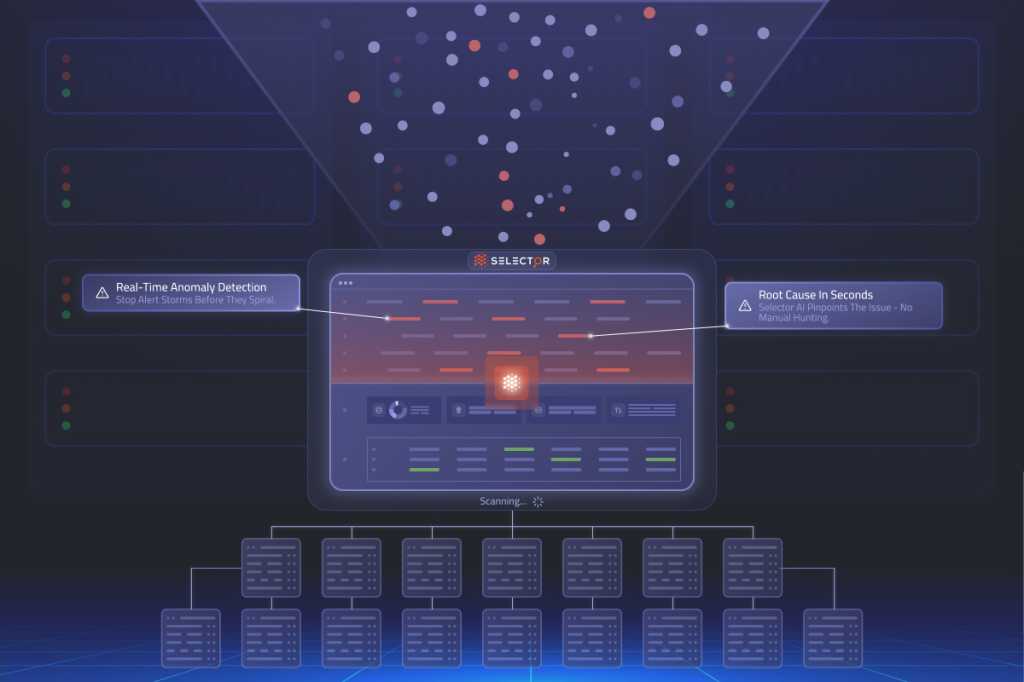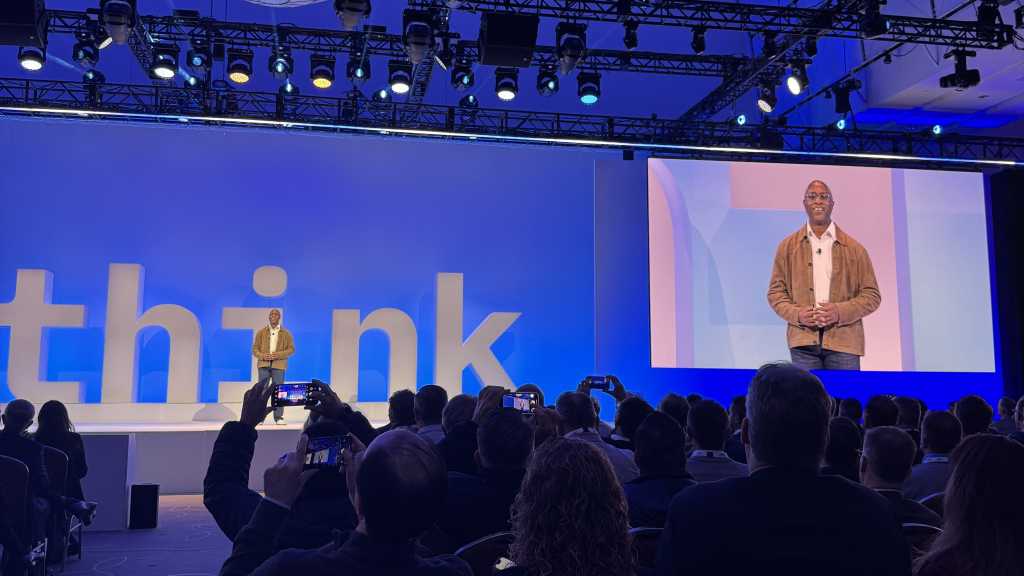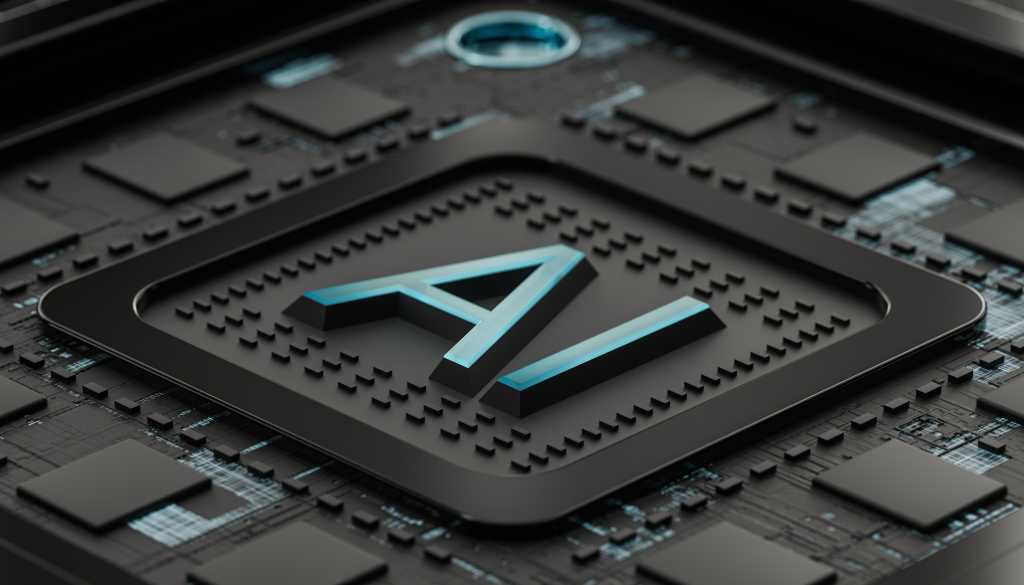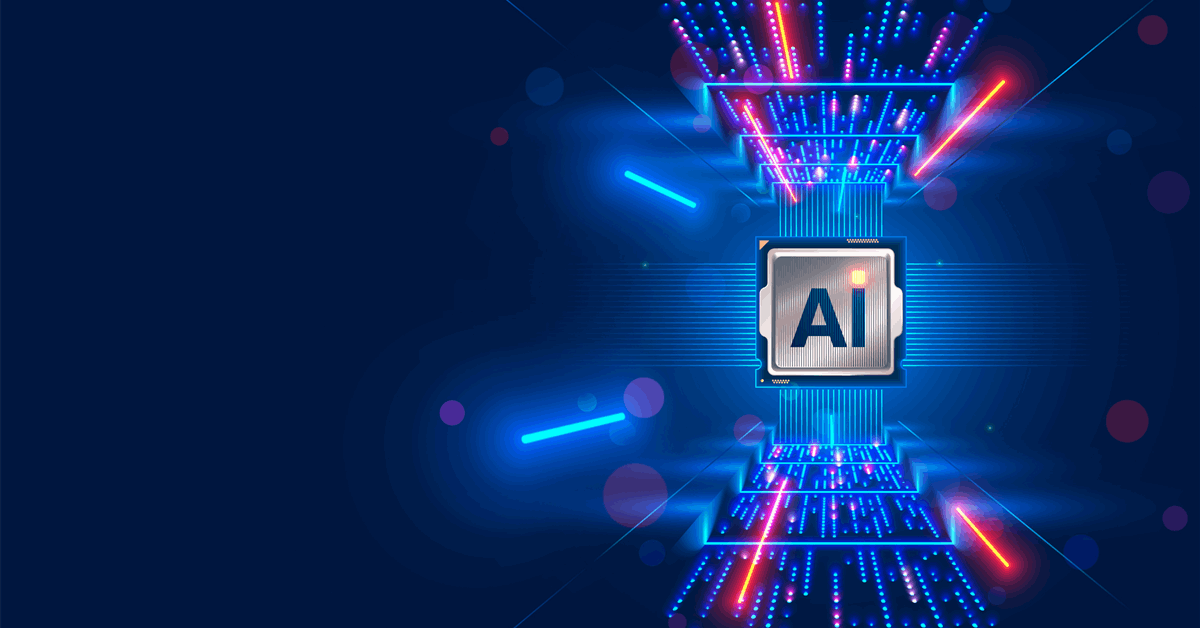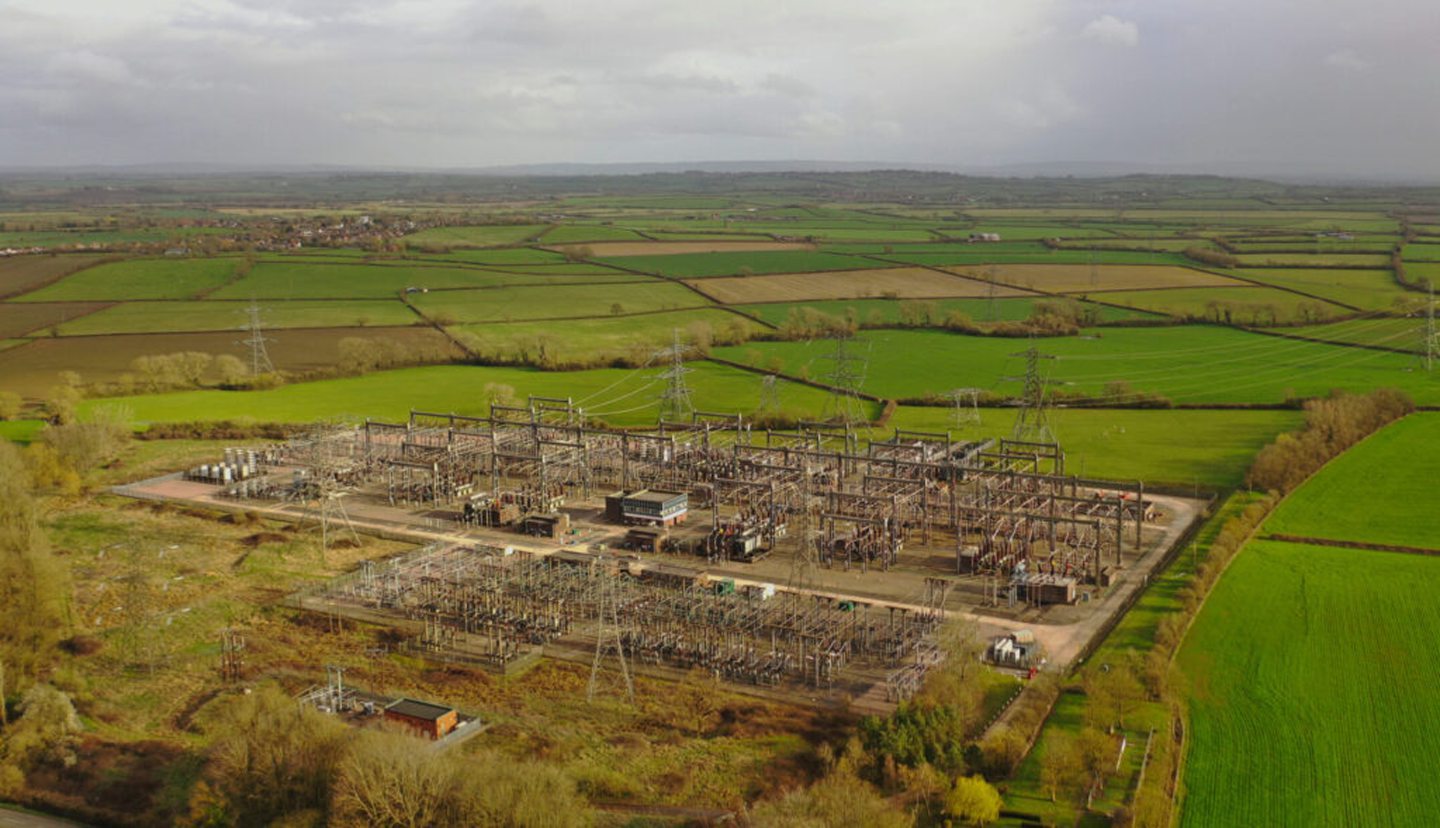
Starting today, Gemini Advanced users can generate and share videos using our state-of-the-art video model, Veo 2. In Gemini, you can now translate text-based prompts into dynamic videos. Google Labs is also making Veo 2 available through Whisk, a generative AI experiment that allows you to create new images using both text and image prompts, and now animate them into videos.
How to create videos with Gemini
Veo 2 represents a leap forward in video generation, designed to produce high-resolution, detailed videos with cinematic realism. By better understanding real-world physics and human motion, it delivers fluid character movement, lifelike scenes and finer visual details across diverse subjects and styles.
To generate videos, select Veo 2 from the model dropdown
in Gemini. This feature creates an eight-second video clip at 720p resolution, delivered as an MP4 file in a 16:9 landscape format. There is a monthly limit on how many videos you can create, but we will notify you as you approach it.
Creating videos with Gemini is simple: just describe the scene you want to create — whether it’s a short story, a visual concept, or a specific scene — and Gemini will bring your ideas to life. The more detailed your description, the more control you have over the final video. This opens up a world of fun creative possibilities, letting your imagination go wild to picture unreal combinations, explore varied visual styles from realism to fantasy, or quickly narrate short visual ideas.
One of the best parts of creating is sharing with others. Sharing your video on mobile is easy: simply tap the share button to quickly upload engaging short videos to platforms like TikTok and YouTube Shorts.

